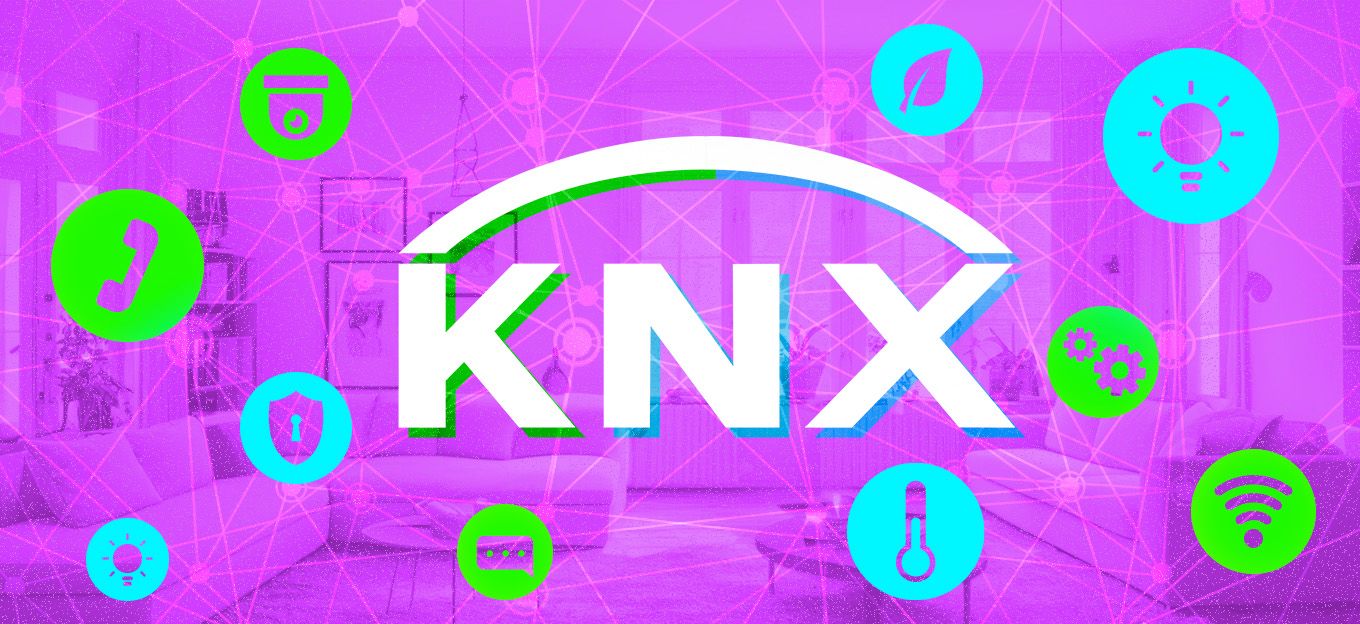IoT: The Smart Cure for Sick Building Syndrome
IoT: The Smart Cure for Sick Building Syndrome
- Last Updated: December 2, 2024
Guest Writer
- Last Updated: December 2, 2024



The Coronavirus pandemic has made many companies take a long, hard look at the health and safety of their employees and buildings. Keeping staff happy and healthy is both ethically and financially important, and ensuring a safe workplace environment is central to achieving both of these objectives.
Fortunately, with the development of smart technologies, companies are increasingly equipped to combine human feedback with real-time data, accurate monitoring, and automation to prevent phenomena such as “Sick Building Syndrome” (SBS).
What is Sick Building Syndrome?
SBS is a condition caused by being in a building, largely attributed to poor indoor air quality. The Consumer Product Safety Commission says that poor indoor air quality can be found in about 30% of new and remodeled buildings.
Companies can prevent Sick Building Syndrome by combining human feedback with real-time data, accurate monitoring, and automation.
SBS can be difficult to diagnose due to the wide range of symptoms, which mimic conditions such as the common cold—headache, sore throat, itchy eyes, dizziness, and a runny nose.
The key to identifying SBS is that the symptoms improve after leaving the building in question and return when the individual is back in the building.
Building Manager Role
Although old buildings may be more susceptible to mold and other issues, SBS can occur in new and old buildings. New buildings may be more airtight and have new capering or furniture that emits irritants. That’s why all building managers must make it a priority to monitor indoor air quality. SBS is not only detrimental to public health but also severely undermines business productivity and profitability.
The first step in improving air quality starts with understanding what may be wrong in your building. Common contributors to SBS include:
- Dampness, high humidity, and moisture
- Poor upkeep of HVAC systems
- A lack of fresh outdoor air
- A lack of general ventilation
- Construction, remodeling, and other activities
Preventing SBS
Smart IoT sensors can help property managers proactively monitor and improve different aspects of workplace air quality and keep SBS at bay in the future.
With today’s small, affordable sensor and integrated building management systems, it’s easier for companies to test indoor air quality and reveal the air quality characteristics that may contribute to SBS.
Volatile Organic Compounds (VOCs)
The main contributors to poor indoor air quality VOCs are organic chemicals emitted from products or processes. If VOCs are present, you can generally smell them.
Typical Source of VOCs:
- Building materials
- Furniture
- Cleaning agents
- Disinfectants
- Air fresheners
- Dehumidifiers
By placing smart sensors around the building that provide real-time data on VOC levels, relevant parties can effectively manage VOC risks by removing or restricting access to the source of the VOCs.
The accurate, real-time, and localized nature of smart air quality monitoring means that you can isolate SBS threats in the building and address problems at the source. Smart sensors can help you hone in on the culprit, particularly when it comes to VOCs.
Managing Mold
Research has confirmed a link between the presence of mold and typical SBS symptoms. The formation of mold is often a result of high humidity, which means that a building’s humidity should be kept at levels between 30% and 50%. Wireless smart sensors can be installed at strategic points throughout the building to measure and maintain humidity levels.
Carbon Dioxide Levels
Moderate to high carbon dioxide levels can cause symptoms such as nausea, vomiting, and dizziness. Wireless sensors connected to the IoT are a good investment to prevent excess carbon dioxide in the air. Along with monitoring capabilities, smart systems can be set to automated fixes when high levels of carbon dioxide levels are detected, such as automatically adjusting HVAC systems.
Smart Technology Dose
Installing smart sensors linked to a central management dashboard is an affordable preventative measure for every building manager. With improved, cost-effective development in smart building management, today's building managers are better equipped to reduce the risk of SBS. The more your business promotes good quality air, the better off your occupants—and your bottom line.
The Most Comprehensive IoT Newsletter for Enterprises
Showcasing the highest-quality content, resources, news, and insights from the world of the Internet of Things. Subscribe to remain informed and up-to-date.
New Podcast Episode

Moving Past the Pilot Phase in IoT and AI
Related Articles





